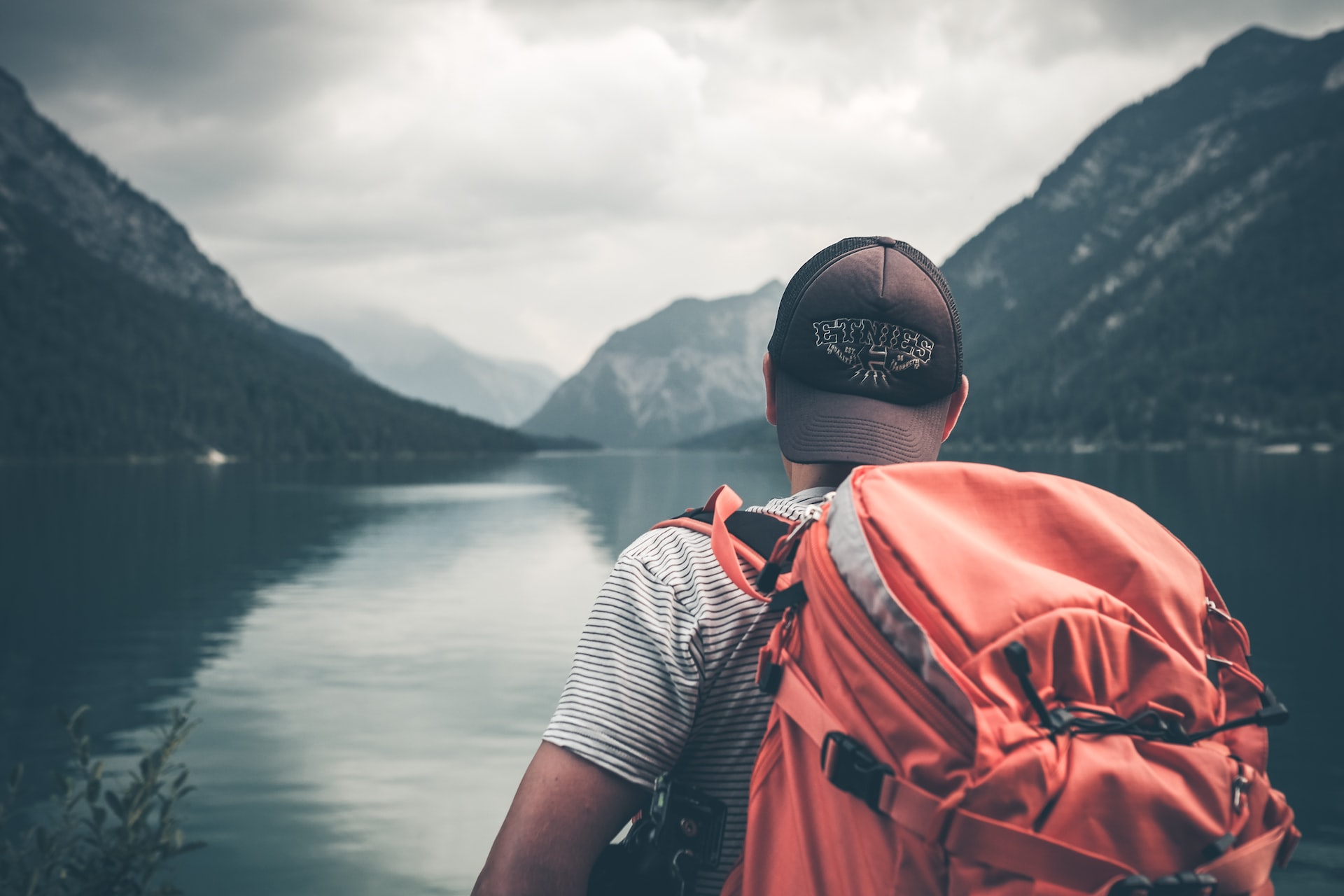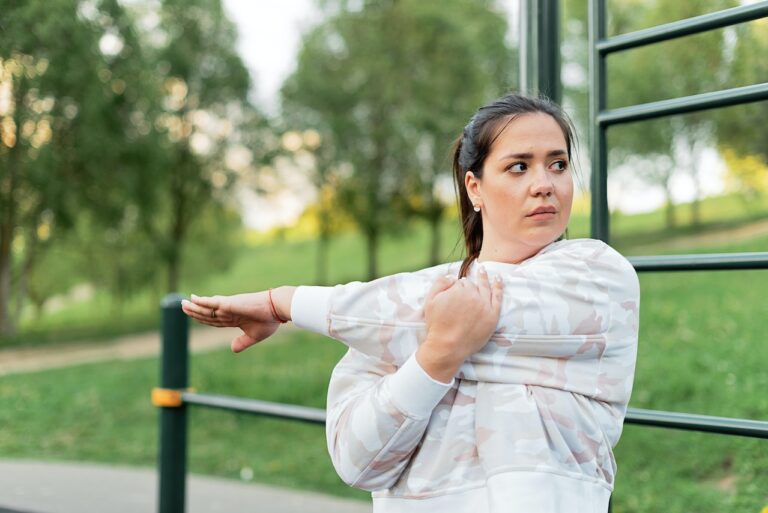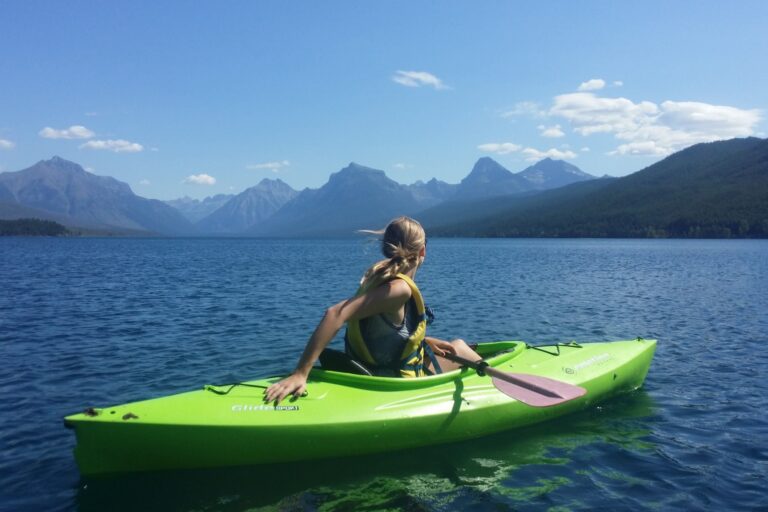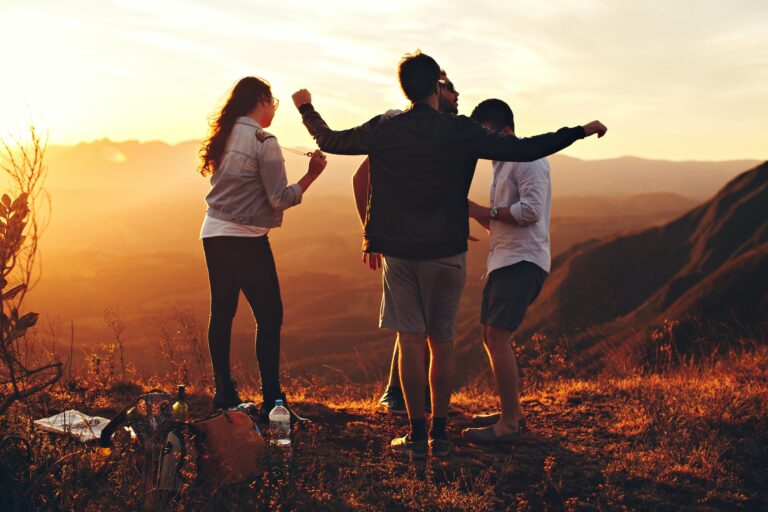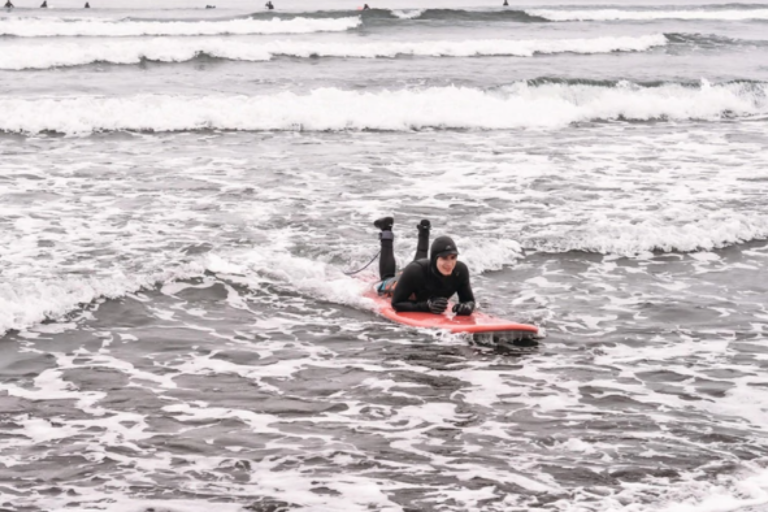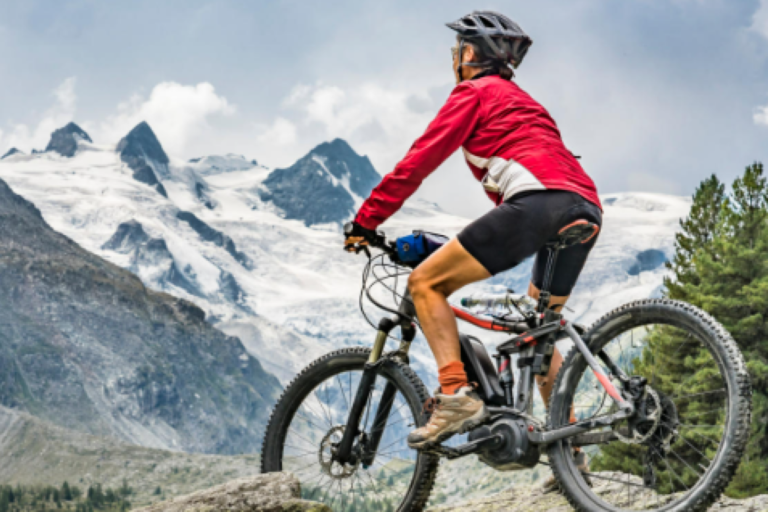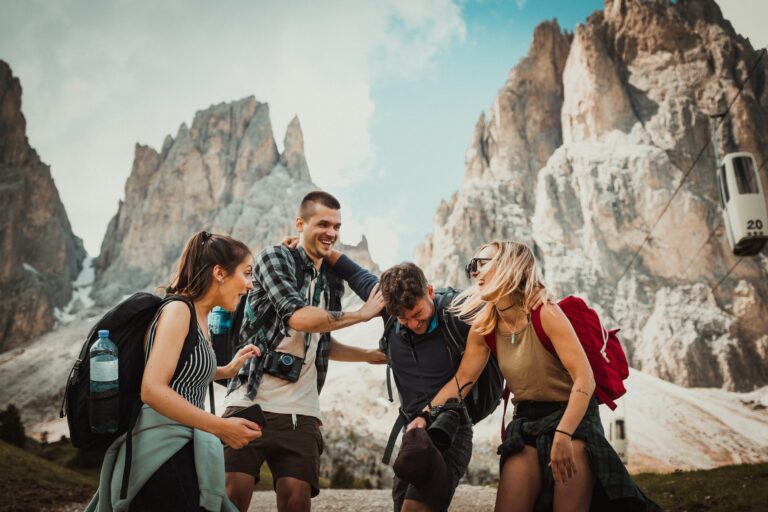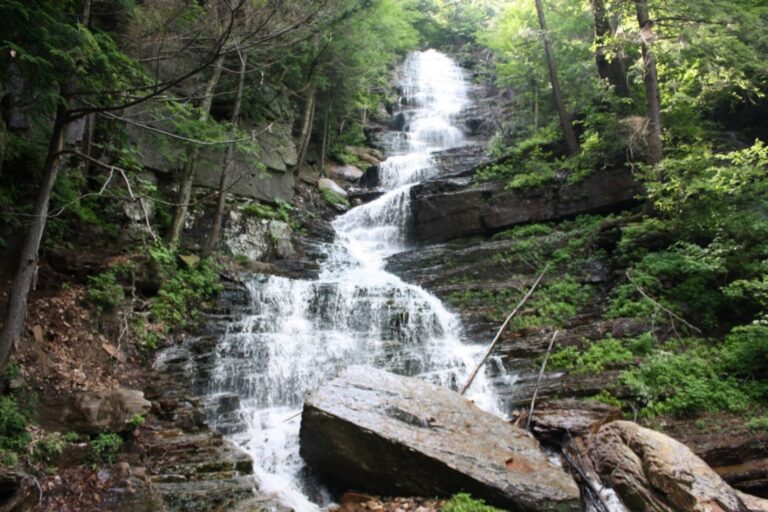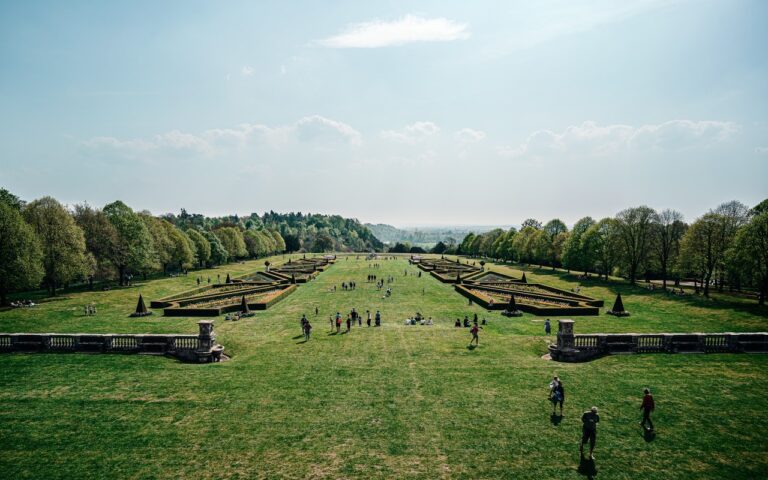Trekking is a journey on foot, but unlike hiking has a narrower specialization. Moreover, if you still do not know what is hiking, then read all necessary info and tips here. This direction means a long hiking trip along a predetermined route. Overnight stays can be both in nature and in campsites. Usually this type of outdoor activities are engaged in a group. The hike can take place on rough terrain or represent the conquest of the summit. The mountainous type of hike is not an easy activity, so beginners prefer to move on the plains with descents and ascents. Such hikes involve careful preparation of not only the path of travel, but also all the necessary equipment. And today we’re going to talk about what you need to take with you on your journey!
The Nuances of Choosing Clothing

Clothing for trekking should be chosen based on the characteristics of the area where the trip is planned, and its climatic conditions. It is impossible to foresee the weather, so it is advisable to have a basic set, with which you can be comfortable and in the heat and rain. For a hike you need a quality outfit. Things should not be too heavy, but it is important that they were warm.
The Two Basic Principles of Choosing Clothing for Such Purposes:
The base layer method – it involves dividing the outfit into elements with different specialization. Each layer is applied in specific conditions. This ensures comfort throughout the campaign, gives the opportunity to adapt to changing environmental conditions.
The method of combination – it implies the selection of a set in such a way that, if necessary, you can wear these things in the maximum number of combinations. So that the many layers worn on top of each other do not restrict movement and do not bring discomfort, clothing should be anatomic cut and be chosen in appropriate sizes.

A total of four layers is necessary for a hike:
- Moisture-proof. These are the clothes that are closest to the body. When it is warm enough outside (from +15), ordinary underwear will suffice. Otherwise it is necessary to take thermal underwear. During active movement it removes moisture and excess heat from the skin, while retaining enough for comfort. In hot weather, you should give preference to thin underwear, and in the cool – dense synthetic. If the route involves a large temperature drop, you’ll need both sets.
- Thermal insulating. It performs the function of thermal insulation, so picking up jackets of varying degrees of protection is available to adjust the level of comfort in different weather. To do this suit fleece, wool or down things. However, it is better to choose synthetic options, as they are light, warm and dry quickly.
- Upper insulated – it is selected for the size larger. This category includes jackets, down jackets. They should be freely put on all the previous layers of things. Best suited membrane copies, they have light weight, warm well and at the same time do not create a “greenhouse” effect.
- Protection from wind, mechanical damage and insects. This layer prevents the penetration of cold, small pests and mites under clothes. This category also includes raincoats and raincoats that protect against moisture. These clothes should fit loosely over other clothing.
The principle of combining such layering is that in motion insulation is not needed, as well as in warm weather. Such things will be needed at parking lots or when the air temperature drops, a strong wind. If a lot of warm clothes, you can sweat and freeze in a hike with a burden in the form of a backpack.
What Shoes Should Be Chosen for Such A Trip?
One of the most important elements of equipment for trekking – shoes. It provides not only comfort during movement, but also protects the leg from damage, dislocations. Thanks to special tailoring boots keep the foot on an uneven surface, and grooved soles ensure non-slip. So you can easily move on any terrain without fear of falling or slipping.
What makes a trekking shoe different from a regular sneaker is:
- a rigid sole;
- high ankle fit.
It helps to reliably fix the foot, preventing sprains and other troubles. Swamp shoes will be necessary for wet crossings. They have a high fit and waterproof surface. Sandals are good to take with you as a shoe change at camp or while the boots are drying.
You should also take care to protect your feet when wearing hard footwear, such as choosing your socks carefully. They should be exactly the right size, with good moisture wicking and maximum protection from bacteria. And the best boots you can buy and choose any color only here https://thehabitualhiker.com/buying-the-best-hiking-boots/. For trekking trips in cold weather or for mountain climbing, you need warm options with insulation. It’s better to bring pairs to spare.

List of Necessary Gear
The trekking kit includes a number of necessary accessories that, although they affect the weight of the burden, are indispensable for a long hike:
- A headgear is a baseball cap, panama or buff, that is, anything that protects against direct sunlight. For the evening, a warm hat made of knitwear or fleece is suitable.
- Gloves – thin options to prevent blisters and protection against insect bites, and insulated with a warm lining for the cold season or climbing in the mountains.
- Sunglasses – you need a travel model that effectively protects the eyes from the effects of ultraviolet. There are a total of 4 degrees of ray reflection, the higher it is, the better the protective properties and the higher the price.
- Rucksack – its volume depends on the length of the route, the style of hike (independent or with the services of porters), the specifics of the area. On average you need at least 60-80 liters for enough space for all things. If you need a bag only for the smallest things, then 35-40 liters is enough.
- Trekking poles – are accessories, whose task is to lighten the load on your legs and increase the stability of people on the climbs or descents. They are lightweight, foldable in several folds, rails serve as additional support for long hikes.
- Sleeping bag is necessary for comfortable overnight stay. Chosen for the climate where the route and the range of temperature fluctuations. Lightweight folding fabric keeps you warm and prevents the wind from getting inside.
- Flashlight – it is better to have several: handheld and headlamp. It is also important to take spare batteries for them.
In addition, depending on the needs and nuances of the hike will require such things as: sunscreen, first aid kit, hygiene products and more.
Bottom Line
Professional products for trekking – is a guarantee of reliability, safety and comfort on the road. And we hope that today you understand what you need to take with you!
